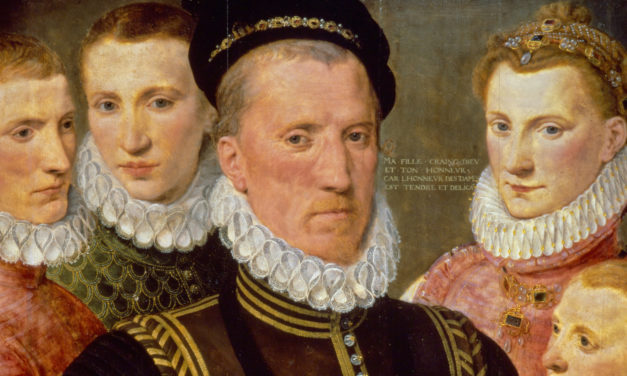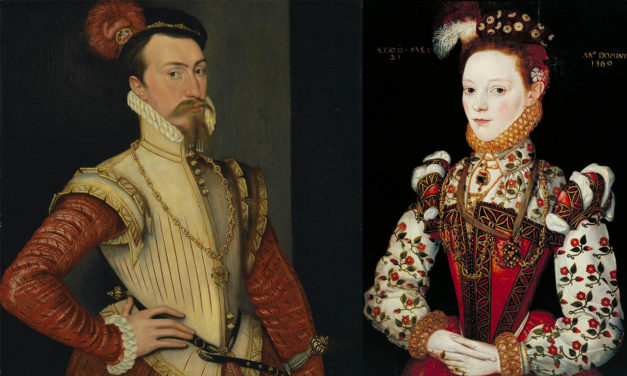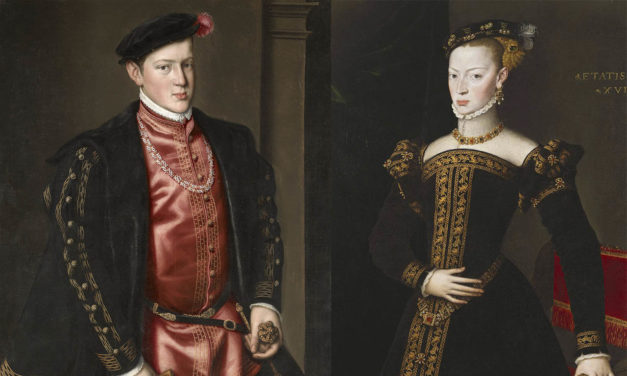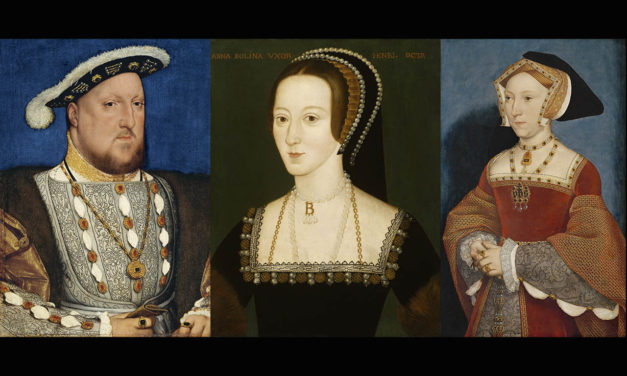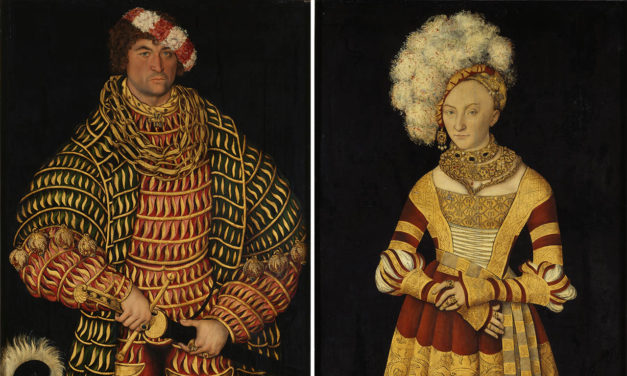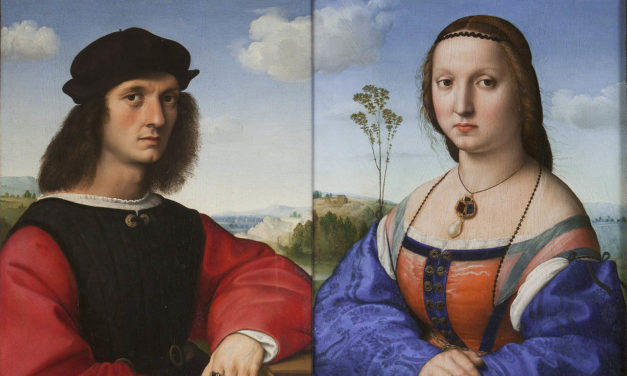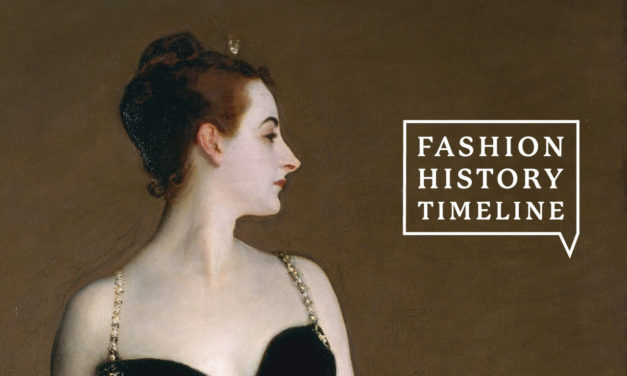1570-1579
Women in the 1570s believed more was more, loved intense decorative effects, and adopted some influences from menswear. Men’s dress was quite curvilinear, with a padded belly, small waist, and large bulbous melon hose at the thighs.
Read More
